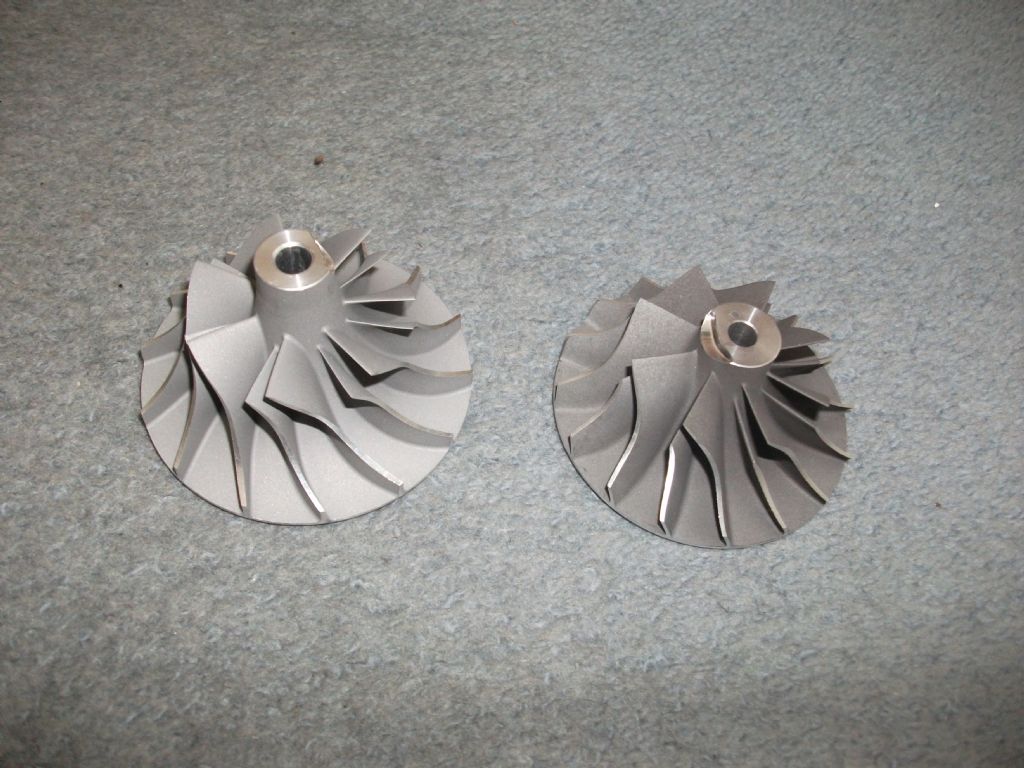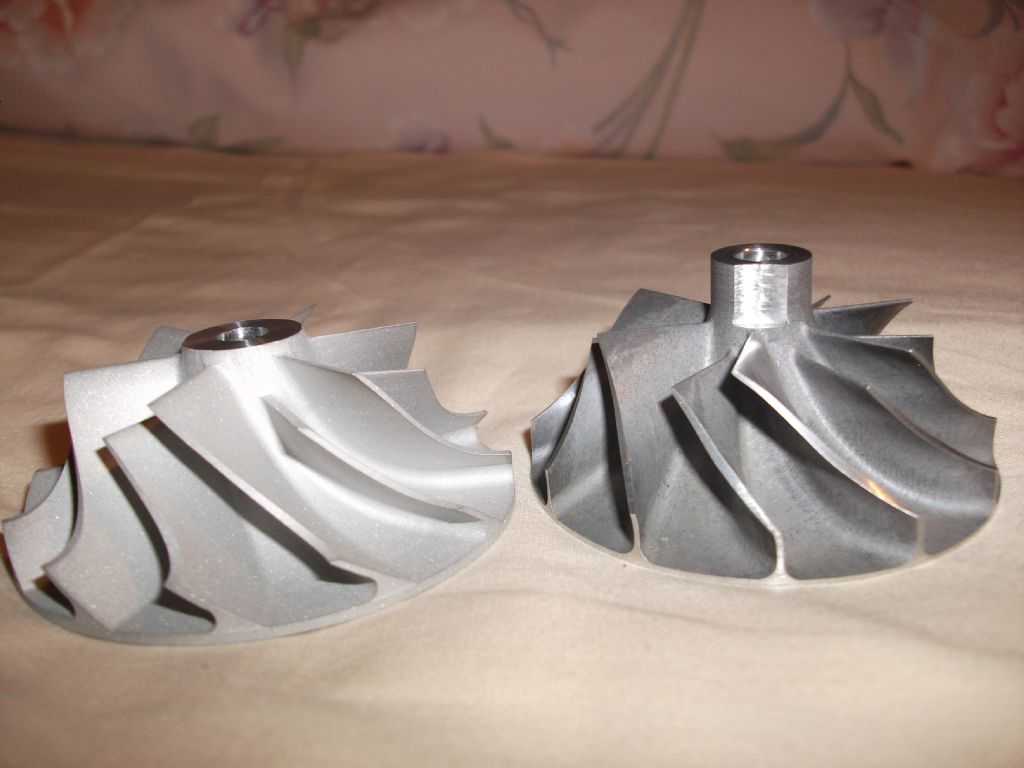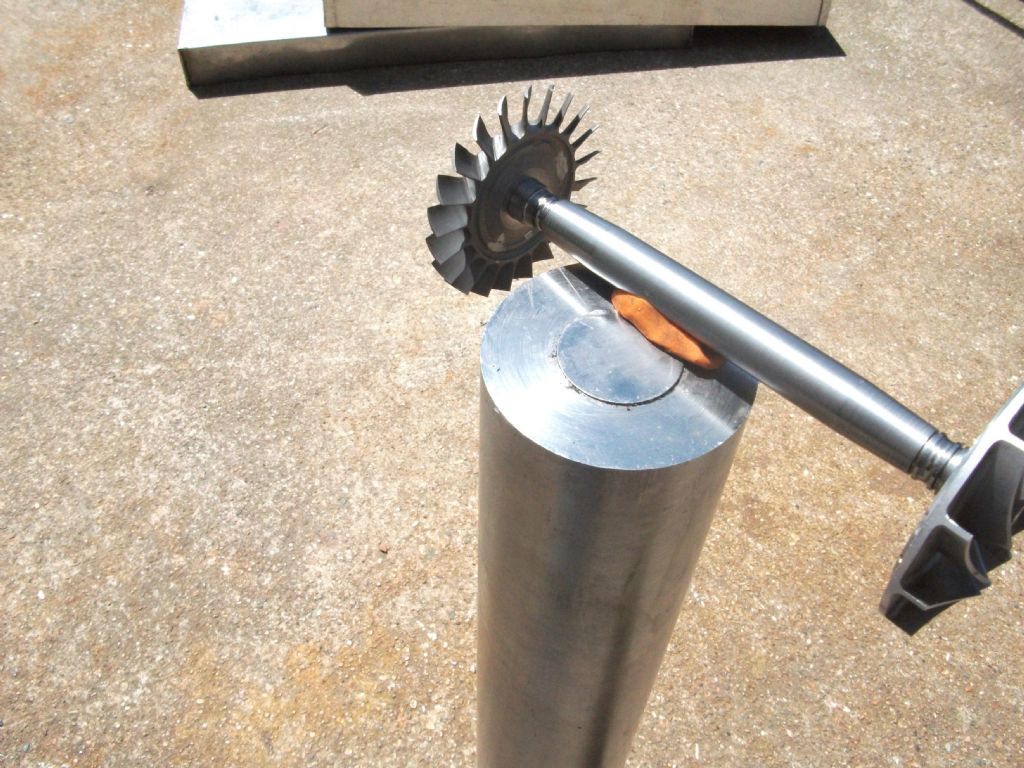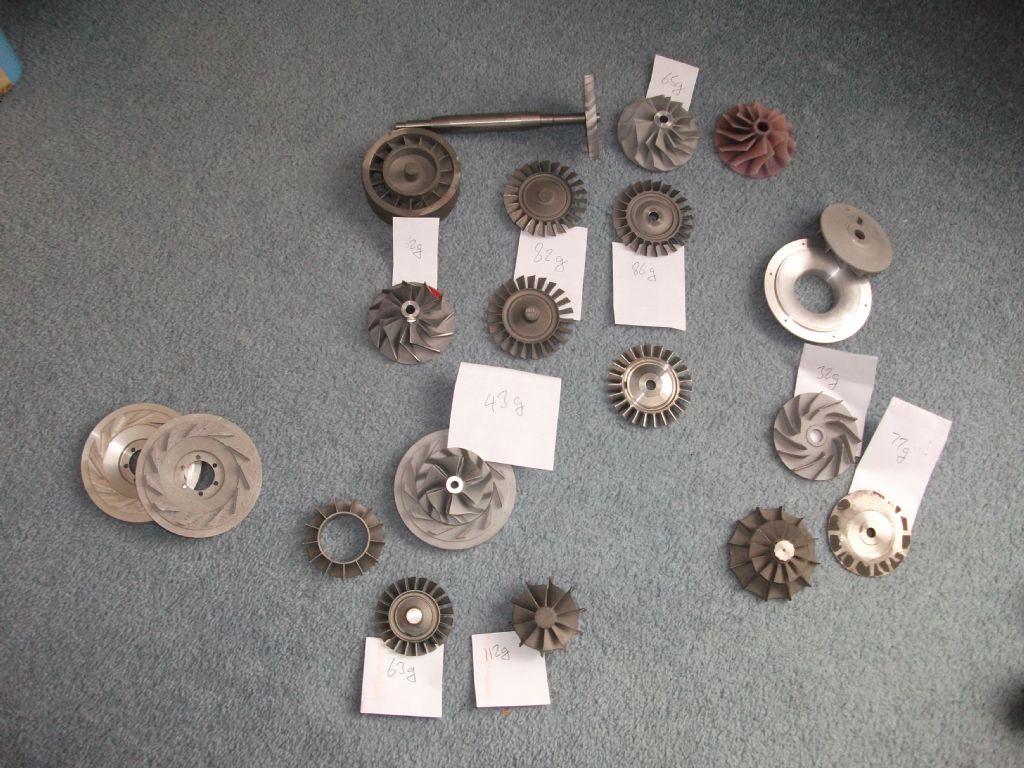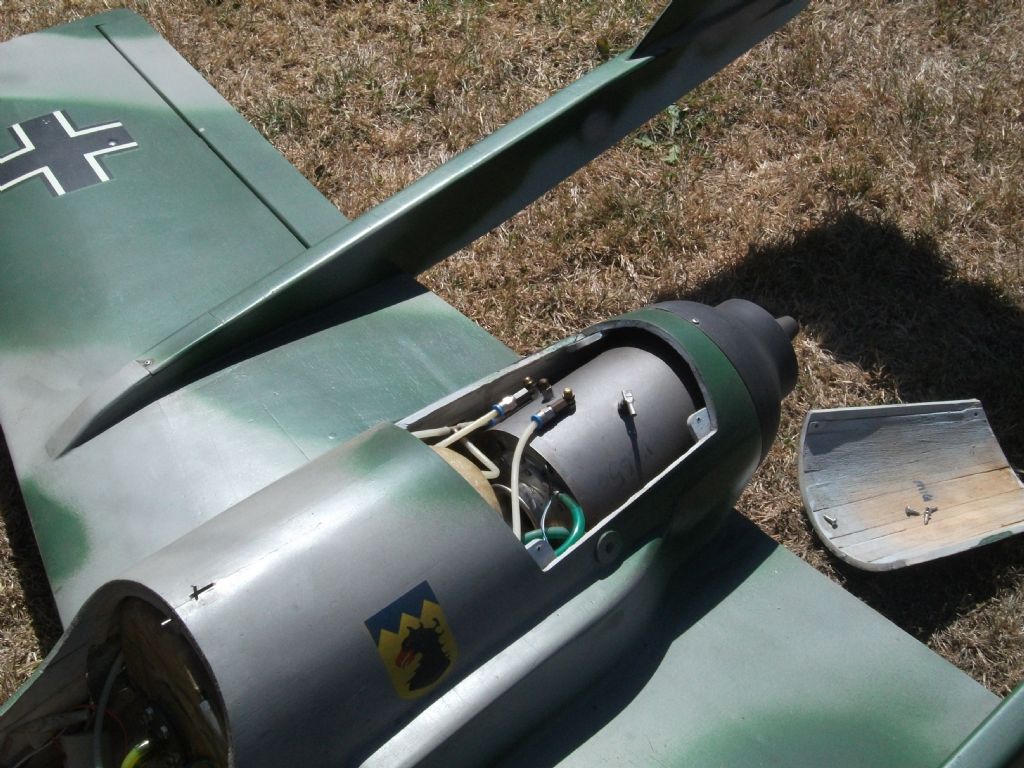Posted by Andy_G 03/07/2022 21:26:15
(There is nothing available via the GTBA – I am a member.)
About the only non-Chinese source is Jetmax, as you say, but taxes and shipping
pretty much double the advertised 230 euro cost of a 66mm turbine wheel
(and you'd probably want the matching inconel NGV which would cost the same again.).
There are cast turbine wheels advertised on Alibaba and other Chinese sites
which are about half the cost of the Jetmax ones.
In any case, I thought that was too much money to sink into a project for me
(I didn't want a jet engine, particularly: I wanted to *try to build* a jet engine) – the
Kamps design is one of the few still available that will tolerate a home made turbine
(even a stainless one), albeit ar reduced performance, which is why I chose that design
– I was very tempted to try one of the original FD3 variants (since this is what had sparked
my interest, back in the 1990s) but the Kamps is a much better design.
If you just want a jet engine, the answer is to buy one! 😀
There is a GTBA project engine coming to fruition that uses a radial inflow turbine
(rather than an axial turbine as used in most of the model jet engines) that would
allow turbocharger turbines to be used.
————————————————————————————
First of all you have made an impressive job on this Kamps engine design ,the EGT
is very low ,did you find out the top end speed and have you done any thrust measurements?
I used to be a member of the GTBA but let it lapse when they went on line only
as back then i had no internet connection , i still have one of the original GTBA
commissioned turbine wheels seen here in the photo along with a Wren
MW 54 wheel also there is a 66 mm wheel and stainless cast NGV
also from Wren. Since they disappeared these parts i guess have gone.
Some of these parts are seen here ,on the left Some Wren mw 54 parts
a bought turbine wheel , milled NGV centre from 316 ss , compressor wheel a
free-be from a collection of them, 3 off part machined diffusors.
Towards the centre top some milled 718 turbine wheels and the GTBA and
Wren wheels ,on the right some FD 3/64 parts , in the lower half a nearly
reclaimed disc of inconel most probably 713 from a scrap radial
inflow wheel.
I seem to remember that before the availability of cast turbine wheels
inconel slices about 6 mm wide were around the £35 mark ,that was over
20 years ago , by buying a length of inconel bar brought that price down to about
£8 to £10 ,of course you still have to slice it up by whatever means and the mill
the blades.
That is why that i said it would be a better option to buy a ready made wheel
as the real cost is only the difference from buying the material and the tooling
and the time minus the cost from the ready made item.
With that in mind the home made compressor wheel milled from the solid
seen here and in previous photo's is a similar situation the aluminium blank
probably about £5 or £6 plus all the work to get to finished job when you can buy
a new cast wheel for £14 + vat and free shipping does not make it really
worth while.Although i have to say that you do learn a lot in doing something like this
also as i wanted a reverse rotation wheel it is a simple matter to change
some of the axis polarities to be able to do this ,in the photo here is a wax
test cut reverse rotation wheel alongside the aluminium one.
Seeing the last part that you had written about the GTBA radial inflow project
is not really surprising as a complete rotor set is only about £35 for an engine
similar to the original JPX type engine .
The last photo here shows the much modified Shreckling FD 3/64 engine
installed in an airframe ,you can just see parts of the fuel tank in front of the
engine ,its bigger than the engine,the model has never been flown.
Most of the parts seen here were made 10 to 15 years ago.
John


 JA.
JA.







